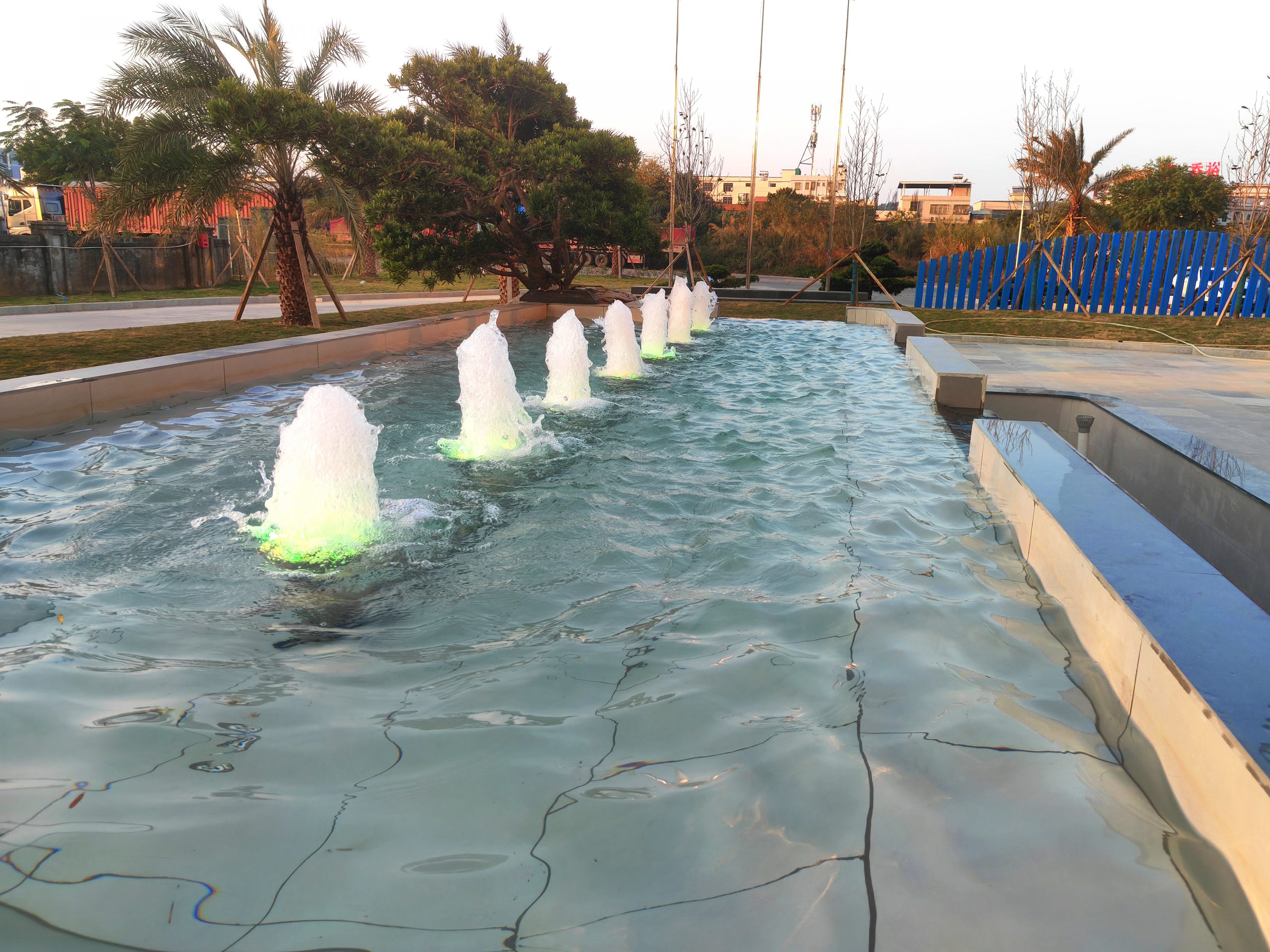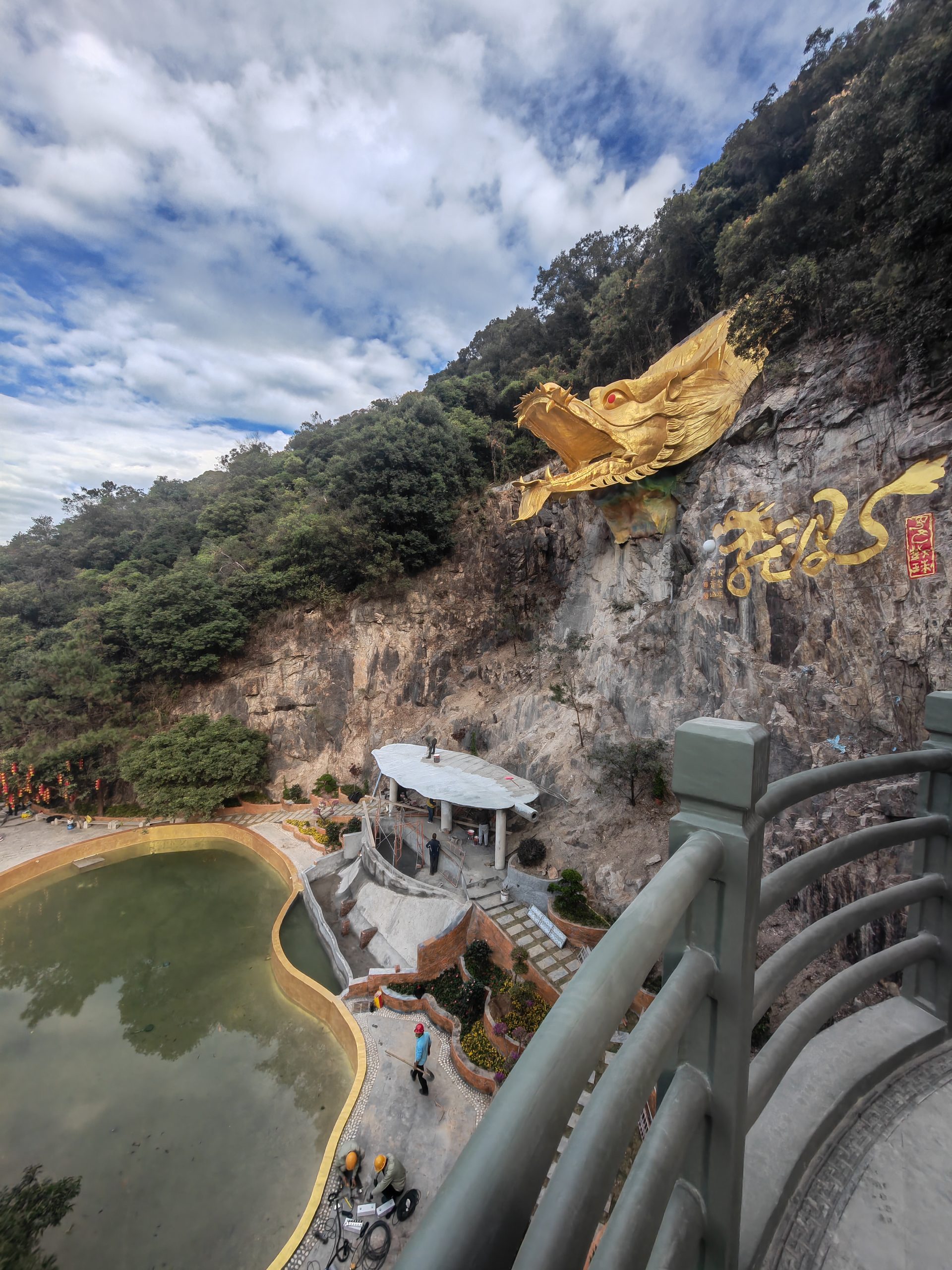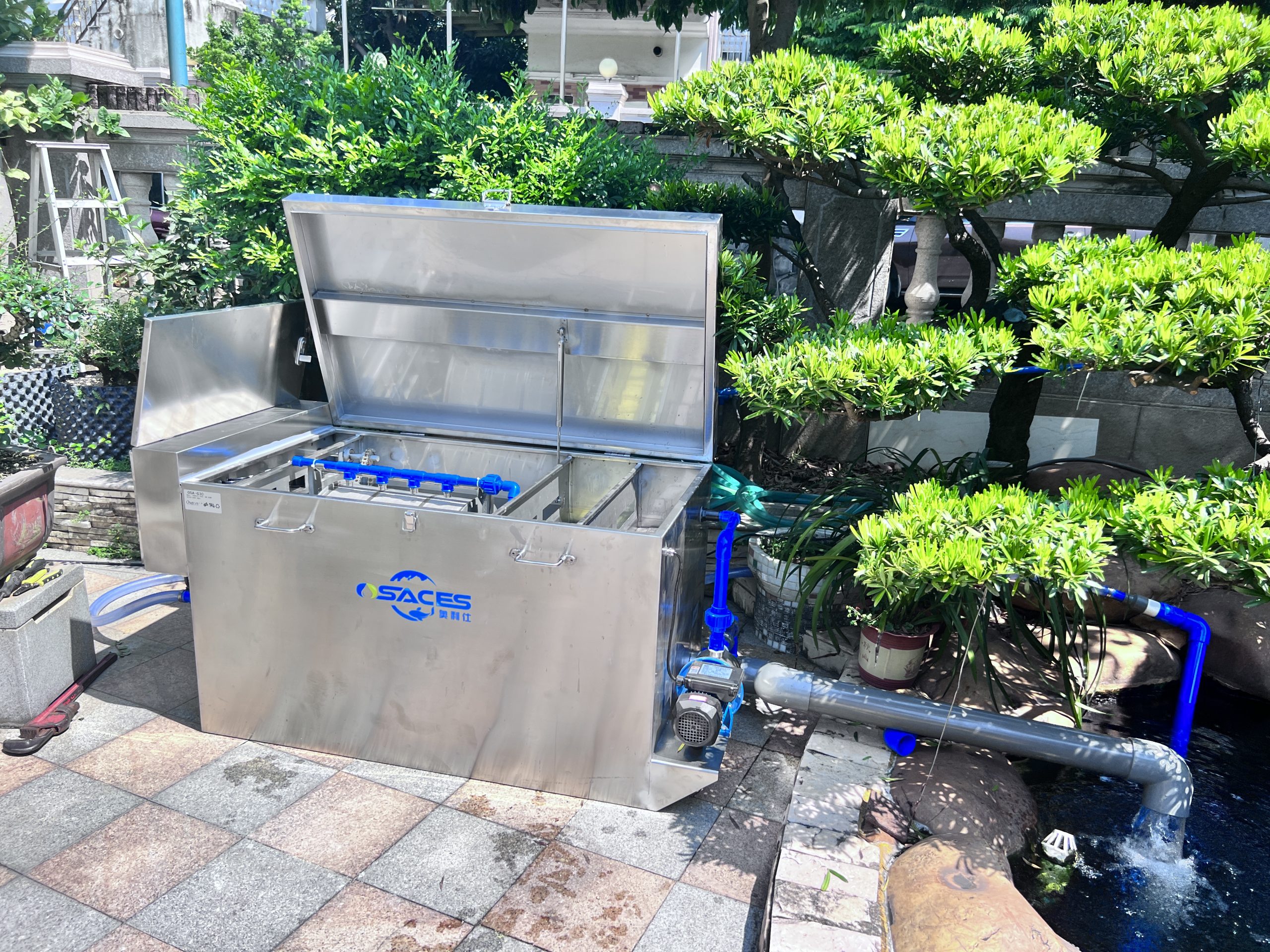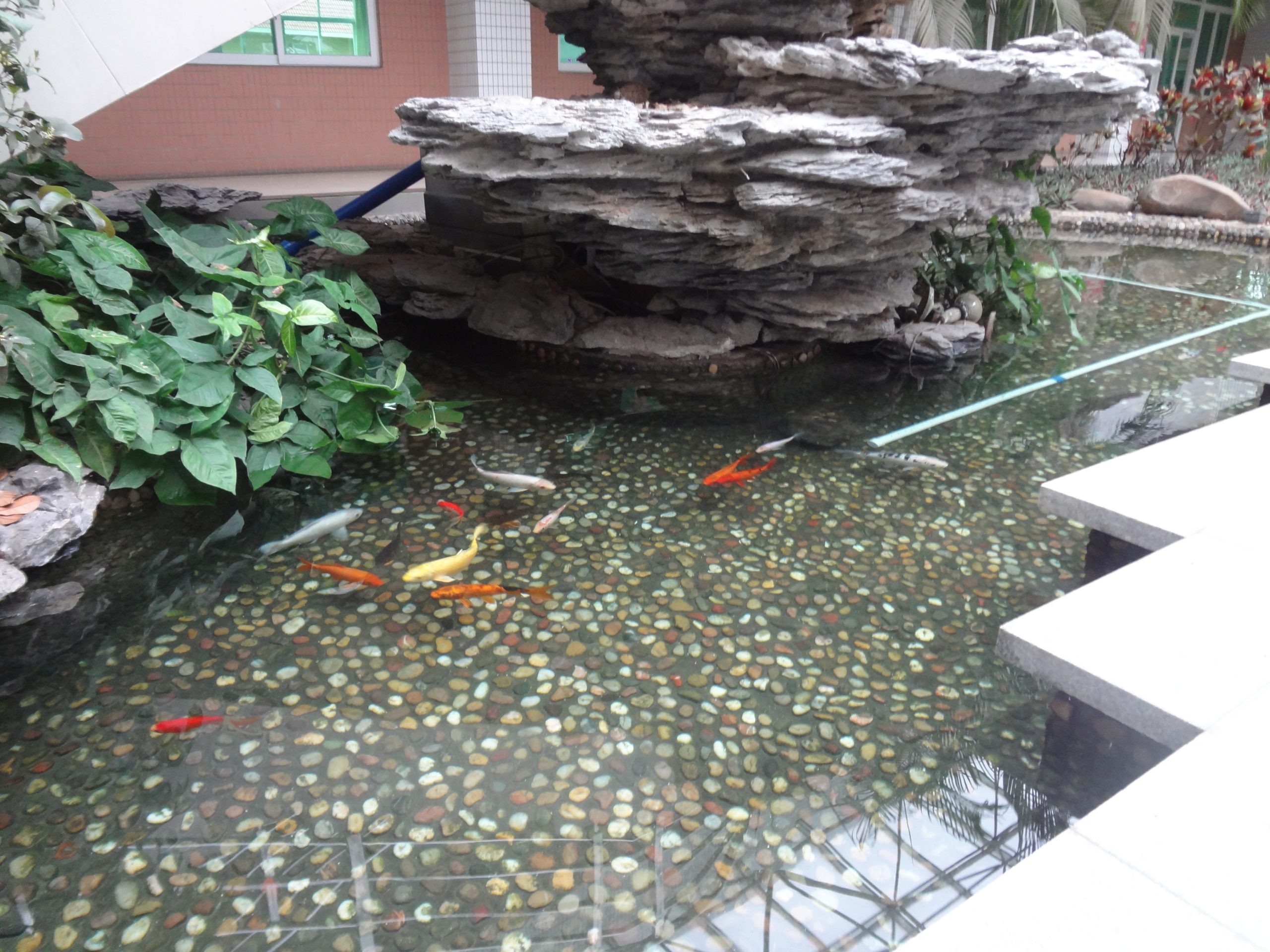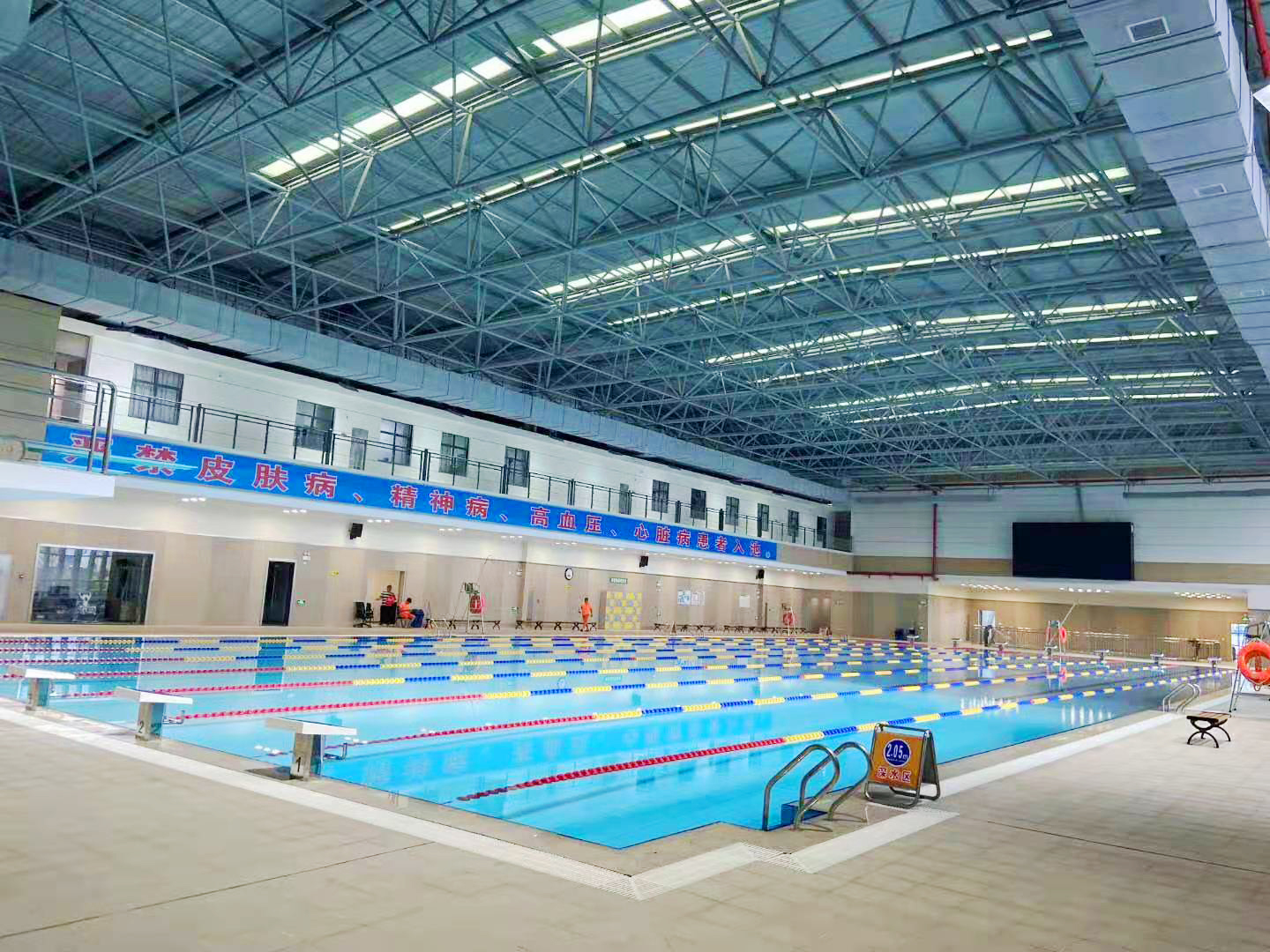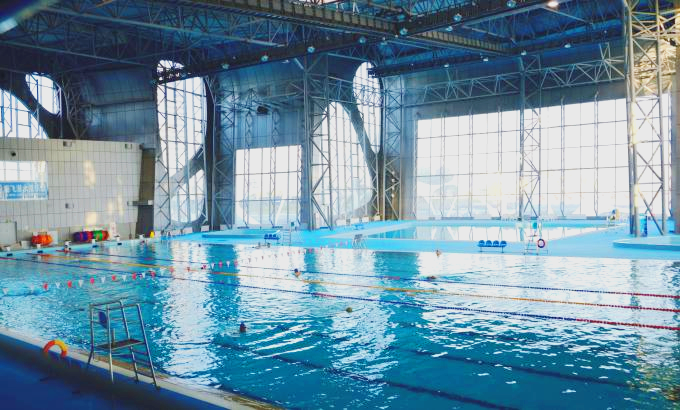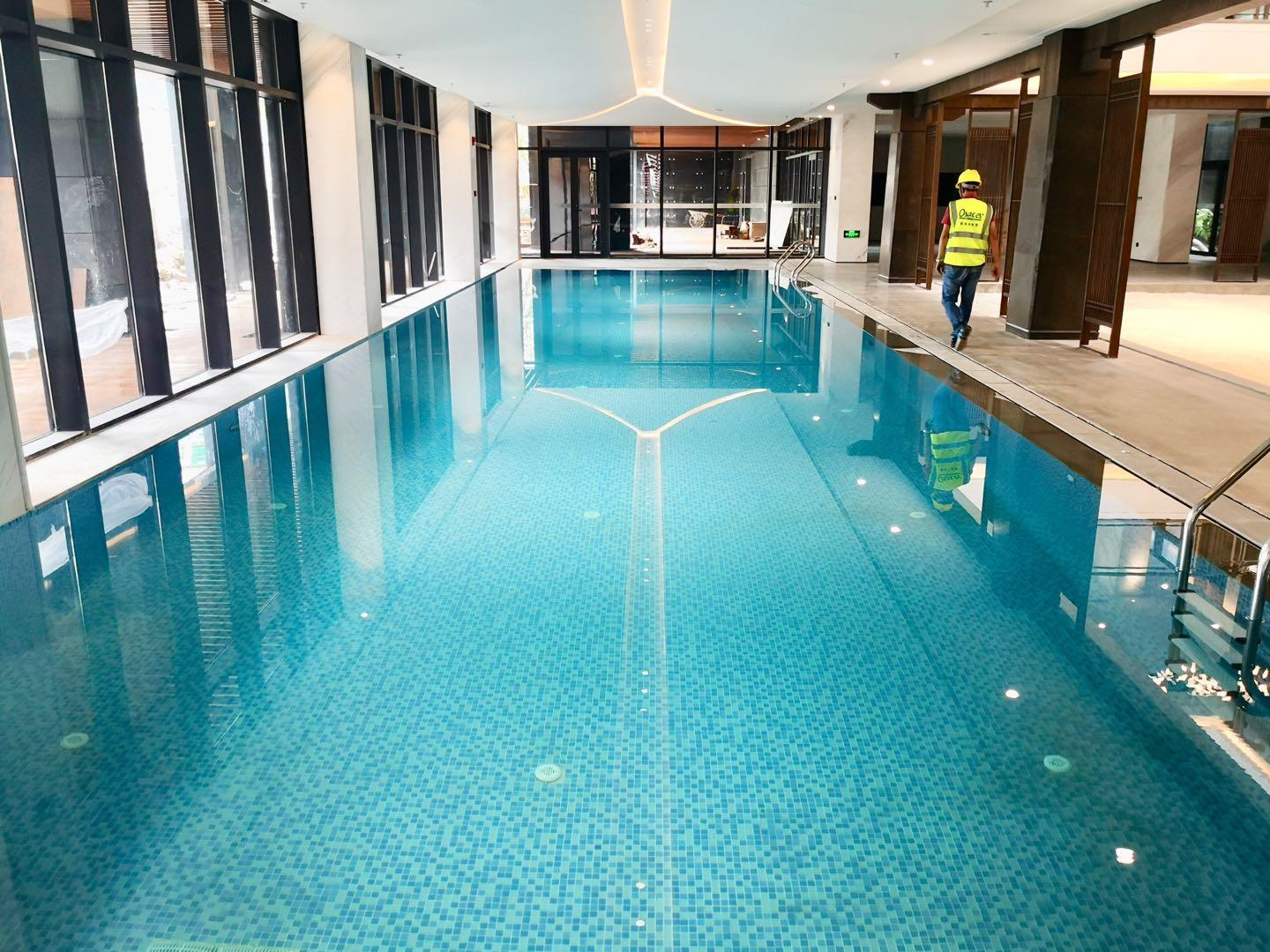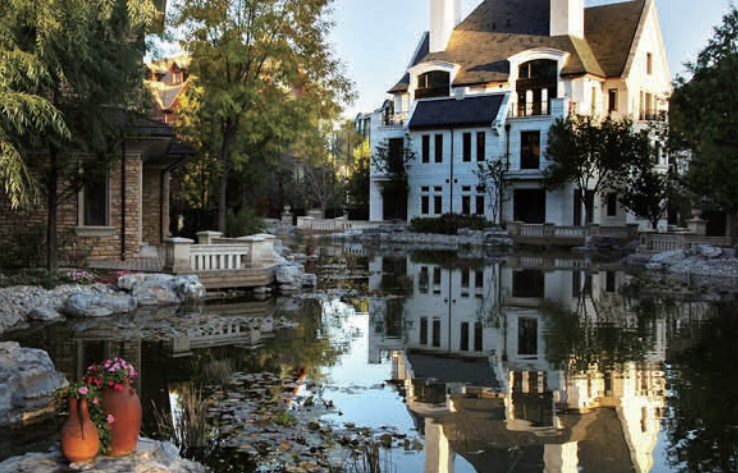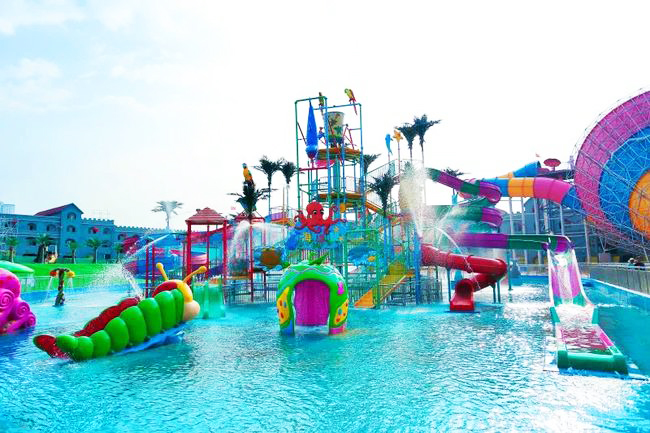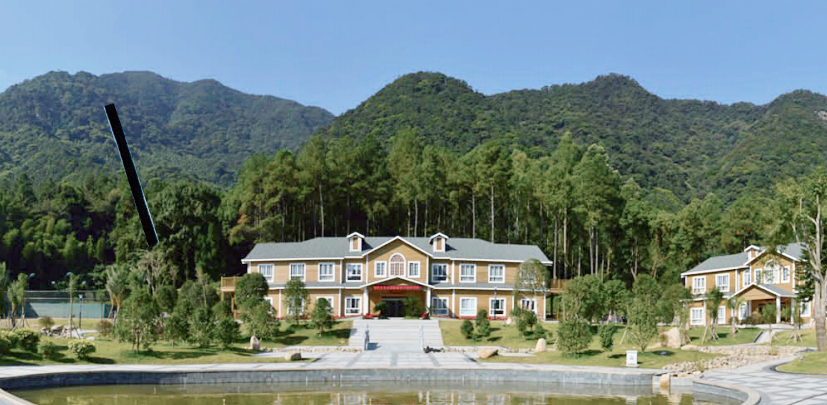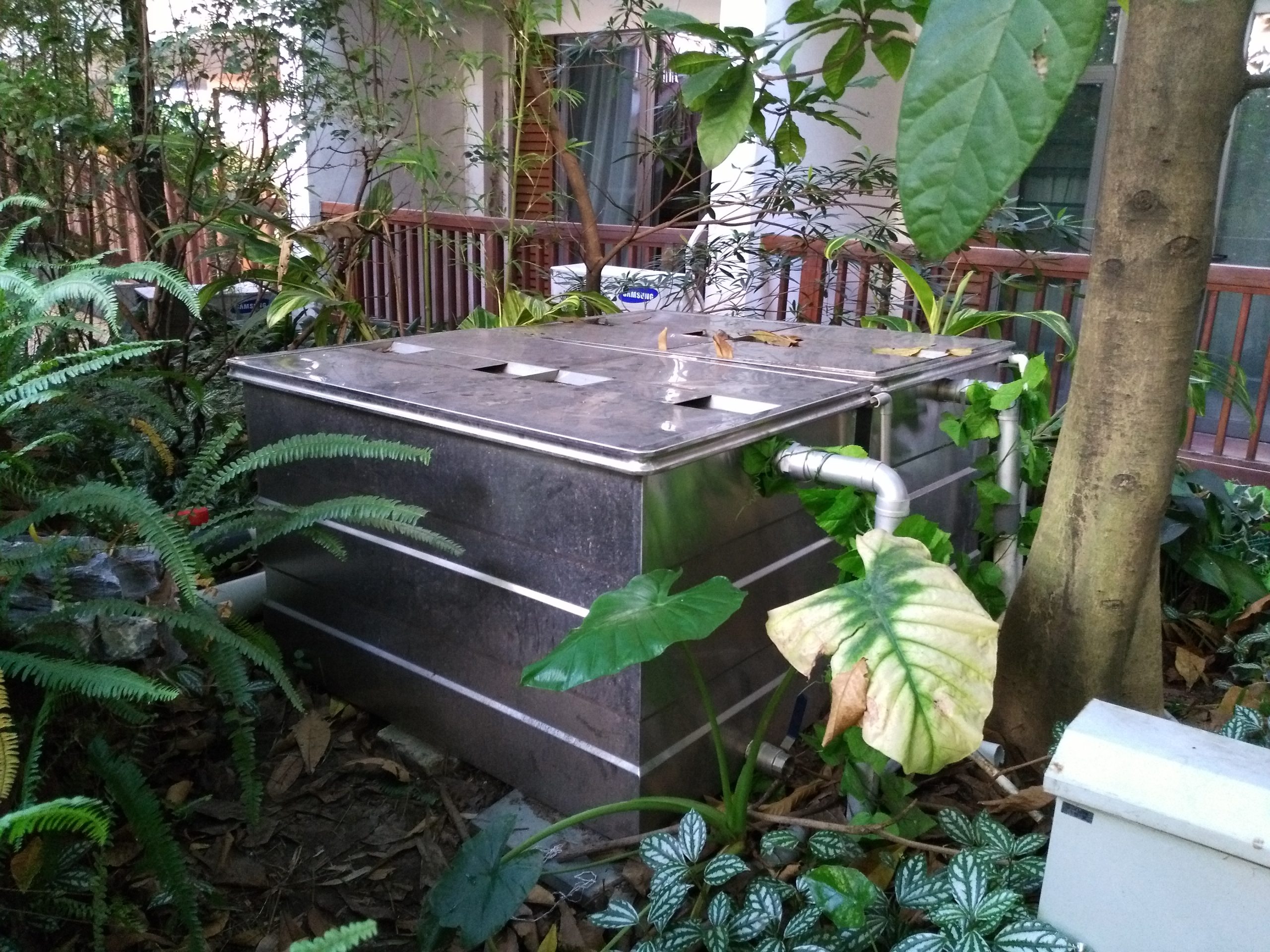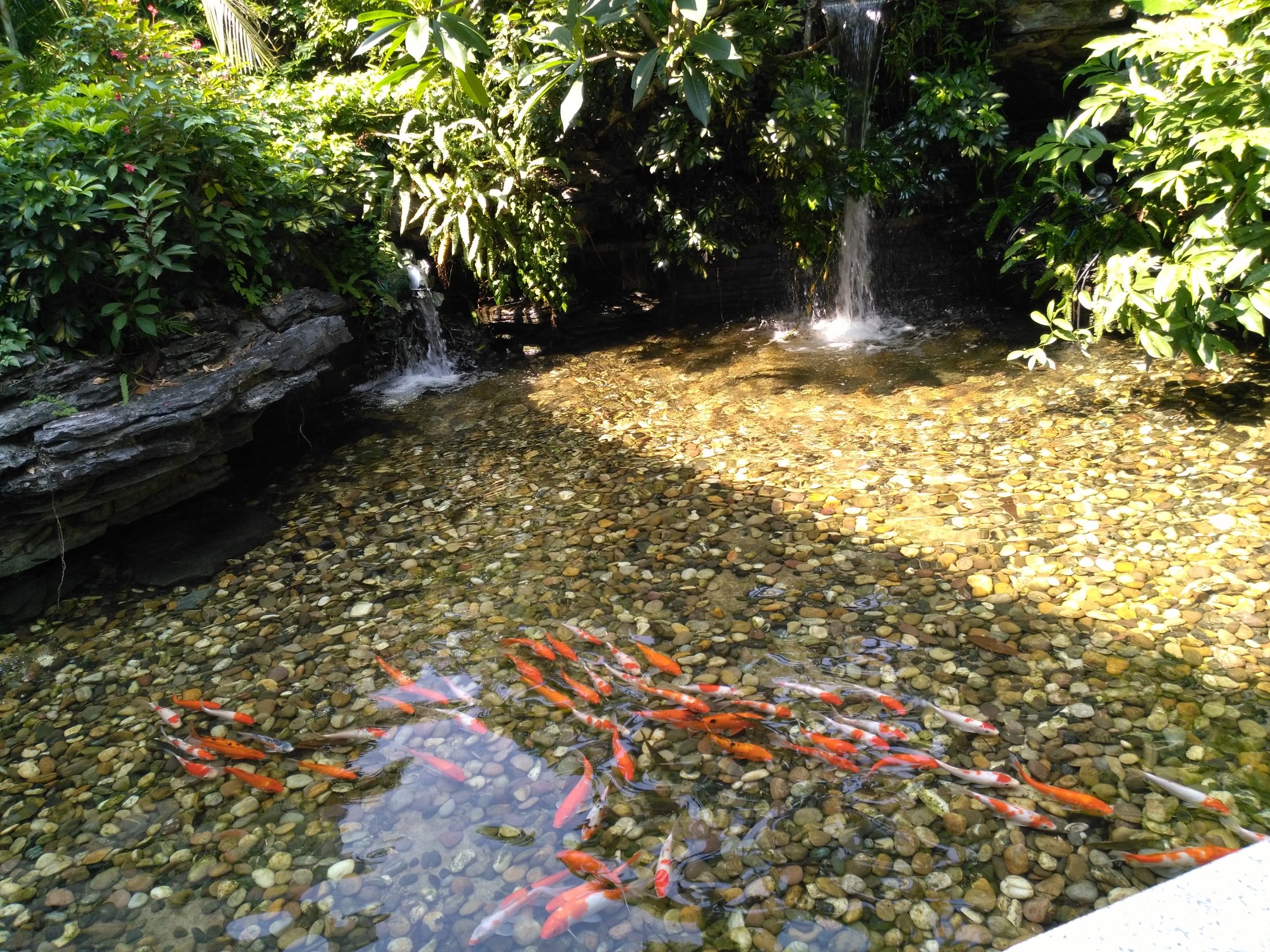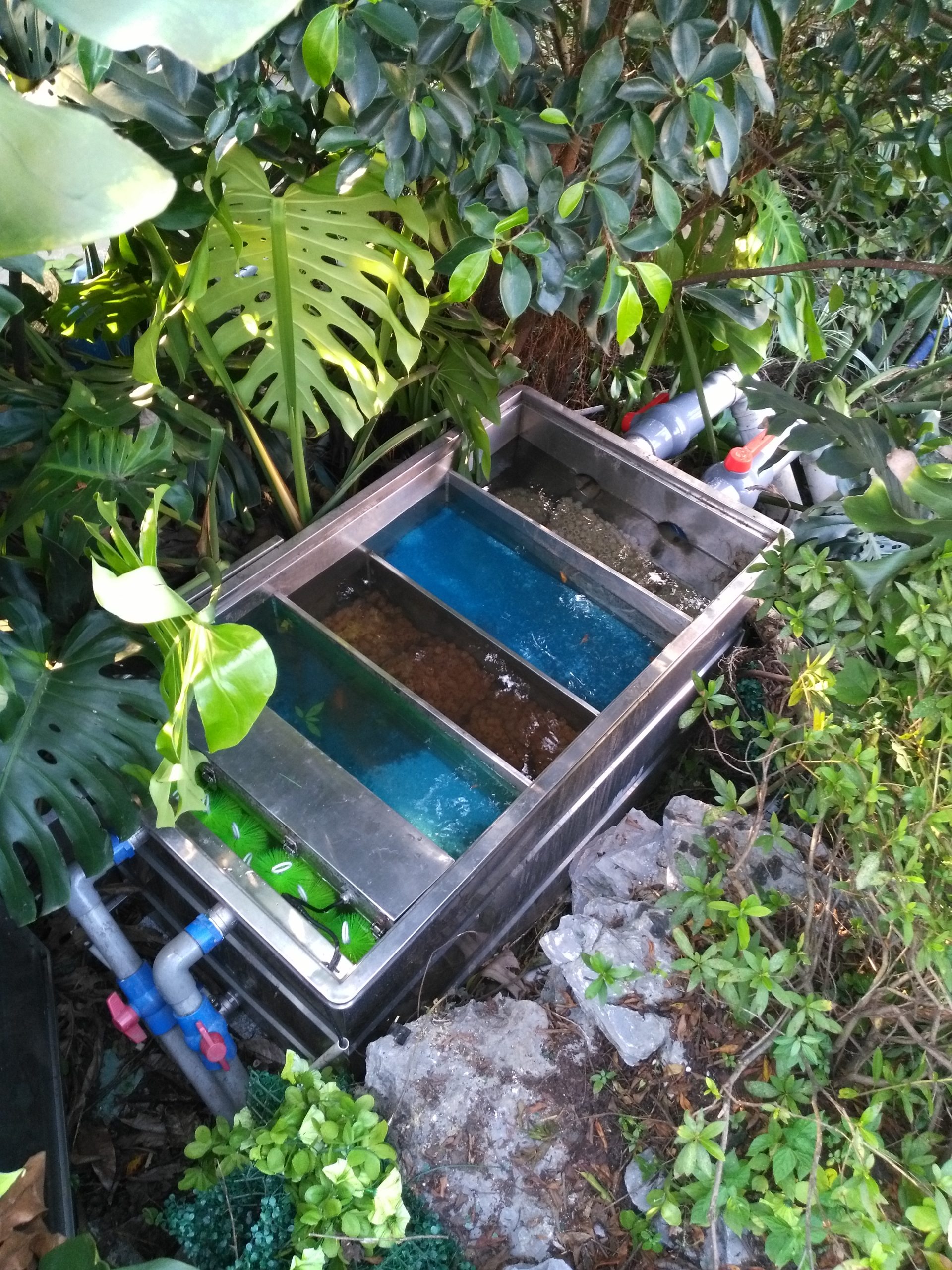common problems
contact details
 Ollies (Guangzhou) Recreation and Sports Equipment Co.
Ollies (Guangzhou) Recreation and Sports Equipment Co.Tel: (020) 82686289
Fax: 020-82694853
Headquarter: No.31-37, Xincun 2 Road, Shangjiang North Street, Dongzhou Village, Xintang Town, Zengcheng City, Guangzhou, Guangdong, China
What to do if the water in your fish pond is unclear? How to keep the water fresh and clear

"Fish first water, water by filtration", in the construction of the fish pond should be planned before the filtration system, synchronized with the civil construction of pipeline pre-burial and system layout, this step is especially critical. Using a combination of physical filtration and biochemical filtration to remove impurities visible to the naked eye in the water, such as fish excreta, residual bait, floating debris, etc., through the decomposition of harmful substances by nitrifying bacteria, the use of ultraviolet light sterilizers in addition to sterilization and alga, to maintain the ecological balance of microorganisms.
A water filtration system is the key to maintaining clear water in a Koi pond, not only does it purify the water, but it also provides sufficient oxygen for the fish to breathe. Through the operation of the water filtration system, we can ensure that the water in the koi pond is clear and transparent, creating a healthy growing environment.
High density feeding will reduce the amount of dissolved oxygen in the water, which will affect the normal survival of fish and biochemical filtration. On the other hand, it avoids too many fish producing too much waste, which affects water quality.

4. Reduction of light:
Avoid excessive light that leads to algae blooms.
5. Use of algaecides:
Where necessary, algaecides can be used to control algae growth.
6. Introduction of aquatic plants:
Aquatic plants absorb nutrients from the water and reduce algae growth.
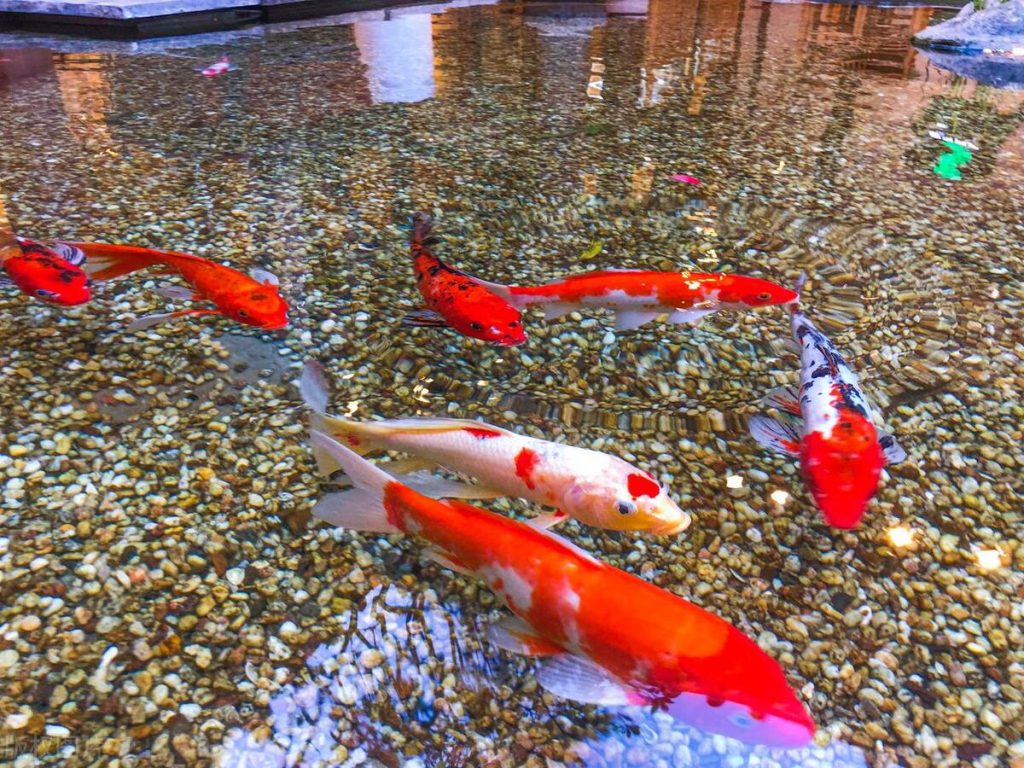
8. Controlling the amount of feeding:
Avoid overfeeding resulting in overfed fish and residue affecting water quality.
9. Periodic cleaning of the filtration system:
Regularly clean the internal filter media of the filtration system according to the actual situation to maintain the water quality.

Algae blooms are controlled by adding salt.
By using a combination of the above methods, the water quality of the fish pond can be effectively maintained clear, creating a good living environment for the fish.
Related content
- Don't let rotting tails affect the koi's aesthetics
- What kind of water is good for fish? Talking more about green water for fish
- What to do if the water in your fish pond is unclear? How to keep the water fresh and clear
- Are you ready for the golden age of koi growth?
- What causes new koi to get sick easily?
- Case Sharing--Foshan Shunfeng Mountain Park 3600 square meters landscape pool purification project
- Case Sharing||Huizhou-- Intelligent Terminal Beidou Industry Production Project Fountain Fish Pond Purification Project
- Guangdong Guanyinshan National Forest Park 300m³ landscape fish pond purification project

